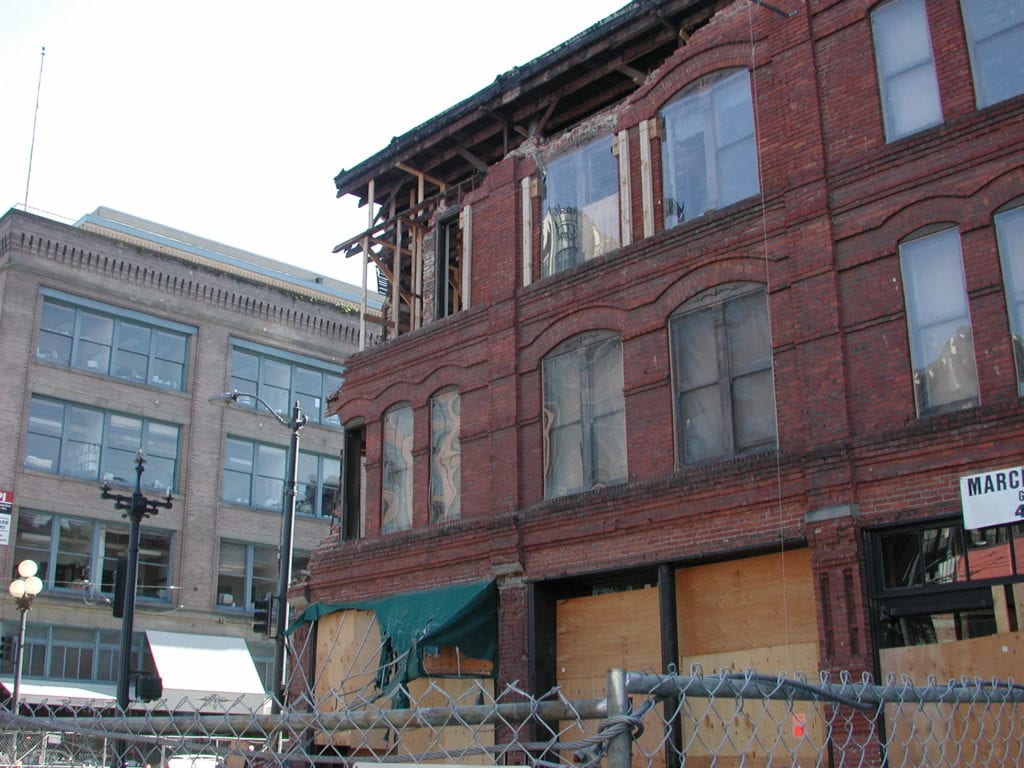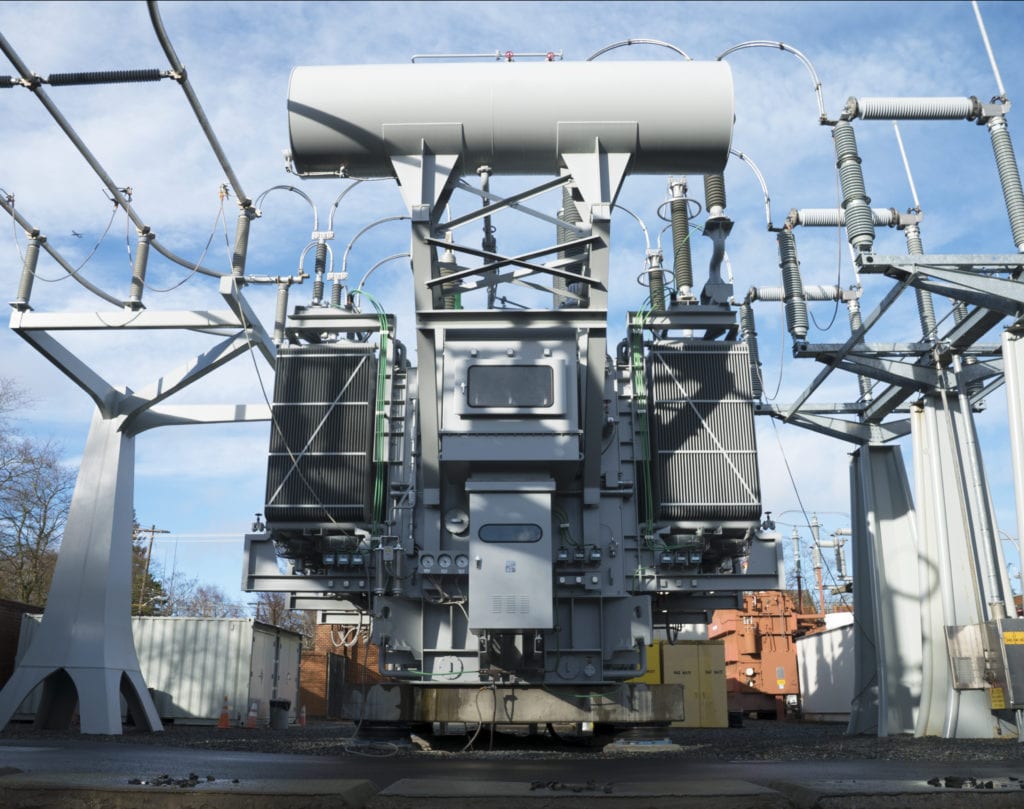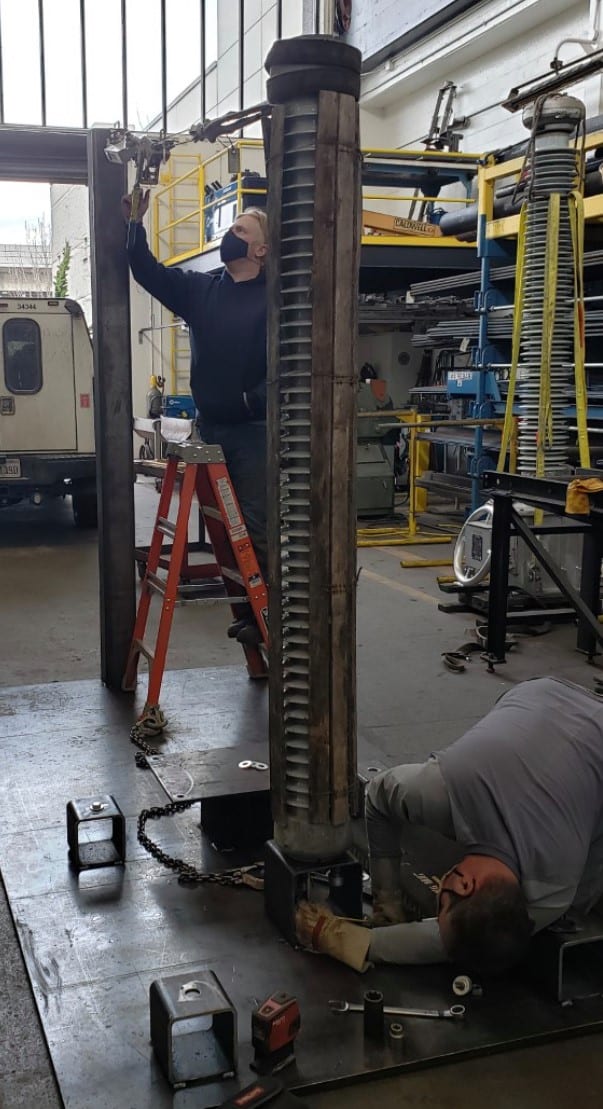
Do you remember where you were on February 28, 2001? If you lived in the Puget Sound, it’s most likely a day that you remember well.
Robert Cochran does. He was on the 35th floor in the Second and Seneca Building in downtown Seattle, preparing to present to the American Institute of Architects about, of all things, earthquake design. But at 10:54 a.m., that all changed as the 6.8 magnitude Nisqually earthquake shook the region.
“I could see the other buildings around us swaying for what felt like forever,” Robert recalls. “Needless to say, the meeting was canceled.”
Earthquakes can cause severe damage to critical electrical facilities such as substations, hydroelectric infrastructures as well as transmission, distribution and communication systems. Without proper mitigation measures to reduce the impact of an earthquake, the effects could create large-scale power outages that could take weeks to restore. Today, Robert, now a senior civil engineer for the structural engineering team at Seattle City Light, designs and implements seismic retrofitting measures to mitigate an earthquake’s impact on these facilities, a first of its kind approach for an electric utility.

Courtesy of Seattle Municipal Archives
Western Washington is home to multiple sources of earthquakes, each with their own types of potential destruction. Paired with the various pieces of equipment within an electrical facility, City Light required a multi-pronged approach to mitigate an earthquake’s impact. The size of the equipment varies as well. For example, City Light has placed some of their massive substation transformers, which lower the voltage from the transmission lines to be distributed to customers, onto platforms to create base isolation. Instead of the transformer shaking with the ground motion, the platform sways slowly trading displacement for force, reducing its impact.

Other pieces of the seismic equipment are much smaller, like a friction hinge that Robert and the Shops team at City Light are developing that dissipates an earthquake’s energy through friction. Between the equipment that City light designs in-house and the pieces that are purchased from a vendor, City Light is building a cost-effective suite of mitigation equipment to keep its infrastructure resilient.

“These types of measures provide City Light the technology to build a zero-damage substation, and we’re working towards that,” Robert explained. “Losing a transformer in a substation could cost up to $5 million and take at least two years to replace, while a base isolator is a relatively inexpensive and simple measure that can last basically for life. This work goes beyond the minimum seismic standards to further protect this valuable equipment.”
City Light is leading the way in implementing seismic retrofitting into its electrical infrastructure. While some utilities have base isolators and other seismic equipment, City Light currently has the most base-isolated transformers of any utility in the U.S., according to Robert’s research. Robert has presented on this work on behalf of City Light in the past and is sharing his knowledge with other utilities, especially those on the West Coast who are in areas vulnerable to earthquakes.
While City Light has implemented these vital measures, the work is never truly done. City Light continuously reviews its facilities’ seismic performance to identify and address key weak seismic points. For now, City Light is on track to be completely resilient in years to come.
“We are only as strong as our weakest link. Electricity is so critical in recovering from an earthquake, and as an electric utility, we bear a responsibility to our community to have a resilient system, especially when a natural disaster of this magnitude strikes,” Robert said. “I’m proud to work at a utility like City Light that values this work.”